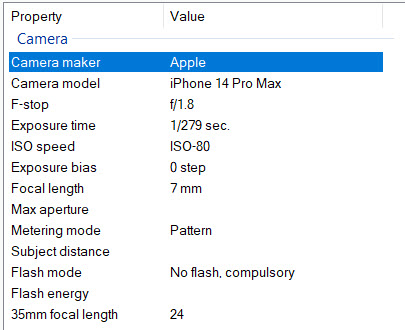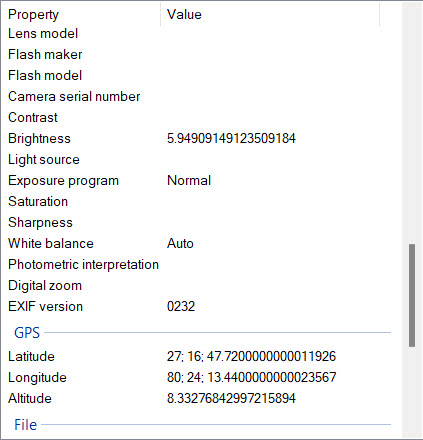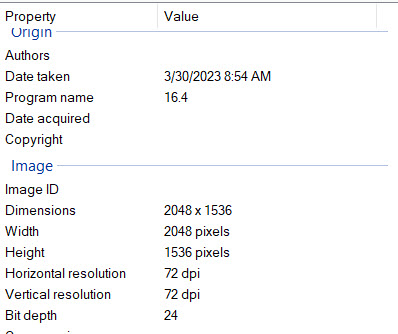Have you ever wondered about the hidden story behind your favorite photographs? Beyond the visual elements, every photo carries a wealth of information. This info can reveal when and how it was taken, camera settings, and even the location. This information is known as metadata. In this post, we’ll delve into its significance and the valuable insights it can provide about your images.
What Is Metadata?
Before we dig into the details, let me explain what “metadata” is. When it comes to photos, metadata is data about data. It’s the information embedded within your image files that describes various aspects of the photograph. When you take a shot with your camera, your tablet, or your smartphone, this metadata is automatically generated and attached to your photos. Specifically, it’s like an invisible tag that travels with your image wherever it goes.
Types of Metadata
Metadata can be divided into several categories, each providing unique details about the photograph:
Exif Data
This acronym (We computer people love acronyms!) stands for Exchangeable Image File Format. It’s the most common type of metadata. With it, you can find information such as the date and time the photo was taken, shutter speed, aperture, ISO settings, camera model, and lens information. Consequently, Exif data is a goldmine for photographers as it helps in understanding the technical aspects of the shot.
IPTC Data
The International Press Telecommunications Council (IPTC) data is more focused on textual information. With it, you can discover details about the photographer, copyright information, a brief description or caption, and even keywords for categorization.
XMP Data
Extensible Metadata Platform (XMP) is a format for embedding metadata that is more versatile and can include a wide range of information, including editing history and adjustments made to the image in post-processing.
What Can You Learn from Metadata?
Now that we know what metadata is, let’s explore what you can discover by examining it:
- Date and Time: Metadata reveals the exact date and time when the photo was taken. This can be valuable for helping you establish a timeline for events.
- Camera Settings: You can learn about the camera settings used for the shot, including aperture, shutter speed, and ISO. This is incredibly useful when we want to recreate specific looks or troubleshoot issues in our pictures.
- GPS Location: If your camera or smartphone has GPS capabilities, metadata can also include the exact geographic coordinates where the photo was taken. This is especially handy for travel photographers or anyone looking to map their photographic journey. It can also help jog our memories when we’ve forgotten where we were at the time the picture was taken!
- Copyright and Ownership: Metadata can contain information about copyright, authorship, and usage rights. On the whole, it helps protect your intellectual property and clarifies how others can use your photos.
- Editing History: For those interested in post-processing (that probably won’t be many of us! LOL), XMP data can provide insights into the edits and adjustments made to the image after it was captured.
How to Access and View Metadata
- In-Device: Most cameras and smartphones allow you to view metadata directly on the device. Granted, you may need to check your camera’s manual or settings menu for options.
- Desktop Software: Photo editing software like Adobe Lightroom, and Photoshop, or free alternatives like Exif Pilot or ExifTool allow you to access and view metadata.
- Online Tools: Various websites and online tools offer viewers. Thus, you can upload your image and get a breakdown of its metadata.
Example
Let’s look at an example:


By pulling up this information, I can see when the picture was taken, with what camera, and where. You might wonder how I got this information. In Windows, I just right-clicked on the photo and went to Properties. When the new window opened, I clicked on the “Details” tab. You should try this with one of your own photos!
The Hidden Story Behind Your Favorite Photographs – Conclusion
Most of us either don’t know about this information or we simply overlook it. But, if needed, it does provide a wealth of information about how, when, and where a photograph was taken. Additionally, it can provide crucial details about camera settings, editing history, and ownership. So, the next time you capture a stunning shot, remember that there’s more to it than meets the eye—there’s an entire story waiting to be discovered within its metadata.


